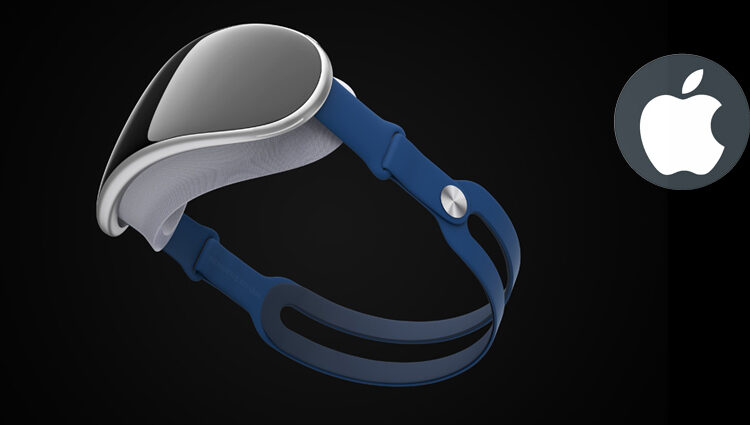New developments on Apple’s upcoming mixed reality (MR) headset have revealed the device may feature a 96W USB-C power adapter, similar to the high-end 14-inch MacBook Pro, veteran Apple analyst Ming-Chi Kuo said as quoted in a MacRumors report.
The longstanding analyst confirmed the new head-mounted display (HMD) would have computing power similar to the MacBook Pro, he was quoted in a research note with TF International Securities cited by MacRumors.
Analyst Ming-Chi Kuo has found that Apple’s AR/MR headset will use the same 96W charger as MacBook Pro due to it’s M1 level computing power
This ain’t your child’s Quest 2
— Brad Lynch (@SadlyItsBradley) January 11, 2022
Apple’s new headset would also feature a 5-nanometre chip and a 4-nanometre chip from Taiwan Semiconductor Manufacturing Corp, he said.
His comments come after he revealed in November last year the processors would perform at similar levels to Apple’s flagship M1 chipset, with the headset’s lower-end processors managing sensory inputs.
He concluded, stating the new device would offer innovative experiences with seamless switching between AR and VR modes and would include computing power two to three years ahead of rivals.
Kuo noted in previous reports the device would also feature several upgrades, including Sony-supplied 4K microOLED lenses for AR/VR applications and WiFi 6, 6E, and 7 for latency-free connectivity.
The news comes after he mentioned the device was set for release in late 2022 after facing numerous setbacks, namely as the company targeted strict company design requirements and capabilities.
Tentatively named the Apple View, the device would also switch to tetherless connectivity, offering users standalone headset functionality, compared to previous reports on the HMD.
The Cupertino-based firm also filed a list of patents with the US Patent and Trademark Office (USPTO) over the last few months, including new user interfaces, biometric tracking, air conditioning units, and other features. Apple also announced job postings on its website for ‘next-gen’ software engineers to boost the company’s AR/VR capabilities and meet its Metaverse ambitions.

